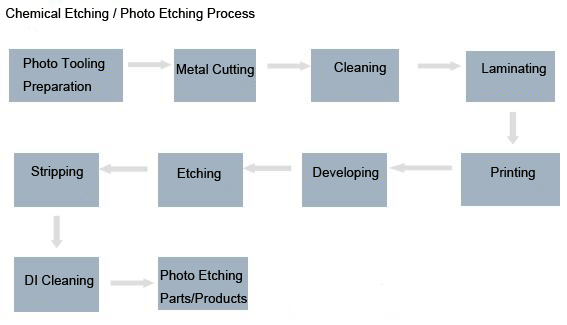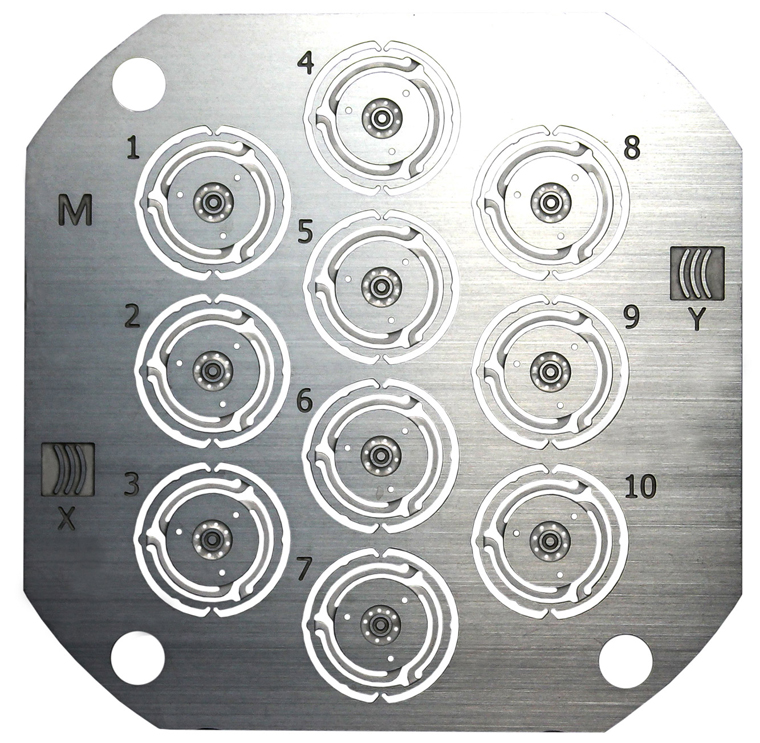
Metal Photo Chemical Etching Process
We all know just how versatile the photo etching process can be, allowing us the opportunity to work on a variety of different materials and metals with highly accurate results and low levels of error. The use of chemicals to etch out a design or pattern in metals that are otherwise strong and durable is one that is cost effective, fast and highly beneficial across a number of industries.
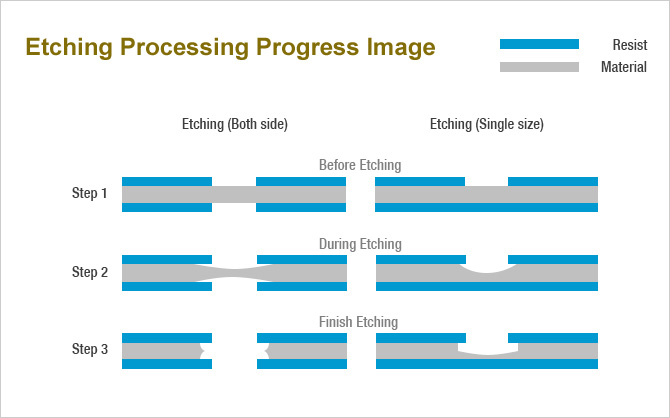
Chemical Etching / Photo Etching step-by-step:
Photo Etching Process of Thin Metal-sheet
1. Photo tooling preparation
Data is received electronically from the customer in a variety of formats such as DXF / DWG; or via a fully dimensioned drawing; etching compensations are then added. A front and back registered film (Photo tool) is plotted from the data. It is important that the data / drawing received represents the finished component required.
2. Metal cutting
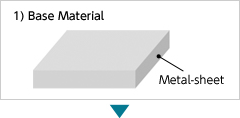 Suitable metal is sorted by allocated stock, type, thickness, grade and cut to applicable sheet size.
Suitable metal is sorted by allocated stock, type, thickness, grade and cut to applicable sheet size.
3. Cleaning
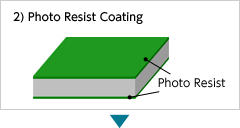 The metal to be used is chemically cleaned to remove any rolling oils or contaminants from the surface, this is important as contamination will inhibit the application of the photo resist and could negatively impact the quality of the finished etched part.
The metal to be used is chemically cleaned to remove any rolling oils or contaminants from the surface, this is important as contamination will inhibit the application of the photo resist and could negatively impact the quality of the finished etched part.
4. Laminating
The design is printed negatively on a film sheet. The metal sheet is then sized ,cleaned and placed between two sheets of UV sensitive film, known as laminating. Dry film photo resist is applied to the metal sheet through heated rollers to bond the photo resist to both sides of the sheet.
5. Printing
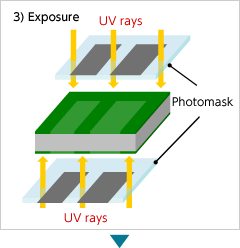 The Dry Film laminated sheet has the photo tool image applied to it by exposing the image onto the metal using a UV (Ultra Violet) light source. The component image is transferred to the metal sheet.
The Dry Film laminated sheet has the photo tool image applied to it by exposing the image onto the metal using a UV (Ultra Violet) light source. The component image is transferred to the metal sheet.
6. Developing
Chemical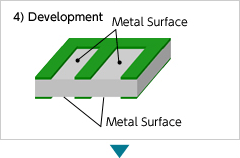 ly develop the metal sheet washing away the areas where the etchant is going to attack.
ly develop the metal sheet washing away the areas where the etchant is going to attack.
7. Etching
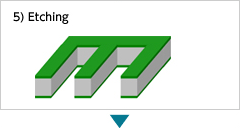 Etching is the actual immersion of the metal sheet into the etching machines and the action of the etchant on the unprotected metal areas to be milled. The etching rates of the metal sheet are based on a number of factors including the concentration and composition of the etchant, the material to be etched, and temperature conditions. Etch rate is normally determined by using a small sample of the same material to be etched. Critical dimensions taken from the customer drawings are dimensionally checked at this stage and first off evaluation is carried out prior to the batch etching.
Etching is the actual immersion of the metal sheet into the etching machines and the action of the etchant on the unprotected metal areas to be milled. The etching rates of the metal sheet are based on a number of factors including the concentration and composition of the etchant, the material to be etched, and temperature conditions. Etch rate is normally determined by using a small sample of the same material to be etched. Critical dimensions taken from the customer drawings are dimensionally checked at this stage and first off evaluation is carried out prior to the batch etching.
8. Stripping
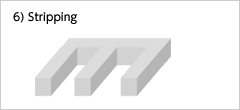 Rinse and strip the photographically resistant dry film from the metal sheet, the etched sheet is now ready for final inspection.Components can now have secondary operations applied such as forming, plating, heat treatment, etc..
Rinse and strip the photographically resistant dry film from the metal sheet, the etched sheet is now ready for final inspection.Components can now have secondary operations applied such as forming, plating, heat treatment, etc..
